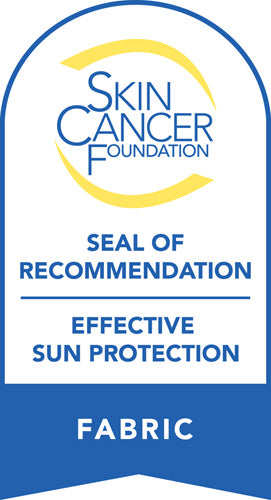Skin Protection: What You Should Know About Intermittent Sun Exposure
You're only going to be out in the sun for a moment. What could it hurt? In truth, quite a bit.
See, there are two types of sun exposure: chronic and intermittent. Going out into the sun for a bit fits into the latter category, and it can have a number of negative consequences.
Interested in learning more about intermittent sun exposure? Wondering how it can affect the need for skin protection? Read on to find out!
What Is Intermittent Sun Exposure?
Intermittent sun exposure refers to short but intense periods out in the sun. It differs from chronic sun exposure, which describes regular and prolonged periods out in the sun.
Everyone is prone to intermittent sun exposure. However, it's most commonly associated with those who spend the majority of their time indoors. Think office workers, stay-at-home parents, etc.
These individuals go long stretches without sun exposure, and then -- bam! -- they're hit with a substantial amount of it all at once. It could be at the pool, at a music festival, at a sporting event, or otherwise. Regardless, it can do a great deal of damage to the skin.
Those who experience intermittent sun exposure are more prone to being sunburnt. This is because their skin has very little time to condition itself to the sun's UV rays. As such, instead of taking those UV rays in stride, the skin inflames quickly.
Effects of Intermittent Sun Exposure
The effects of intermittent sun exposure run the gamut from the mild to the extreme. We'll discuss them in detail now.
Short-term Effects
The short-term effects of intermittent sun exposure are generally just sunburn. That said, the severity of this sunburn can vary.
Some days, it will be nothing more than a mild burn. On other days, second-degree burns can occur in a span of less than an hour.
It only takes 15 minutes for the sun's UV rays to have a negative effect on the body. Therefore, if you're going outside for any notable period of time, you should be sure to wear protective clothing or sunscreen.
Long-term Effects
The long-term effects of intermittent sun exposure can be much more serious. In a good many cases, there are no long-term effects. However, in some individuals, intermittent sun exposure can lead to potentially fatal conditions like melanoma, a serious form of skin cancer.
Melanoma generally appears years after a burn has occurred, usually when a person is 40 or older. However, as of late, there's been an uptick in melanoma in people under the age of 40.
Approximately 9 out of 10 people survive melanoma after 5 years of its diagnosis. Approximately 8.5 out of 10 survive it after 10 years of its diagnosis. So, while it's not tremendously deadly, it's still not a disease that you want to put to chance.
This is why, when going outside for any prolonged period of time, you need to make sure that you're fully protected from the sun. Not only should you wear sunscreen but sun protective clothing as well.
How Long Should You Stay Out in the Sun Unprotected?
We mentioned above that it takes only 15 or so minutes in order for the sun's UV rays to have a negative effect on the human body. But don't you need to be out in the sun in order to get Vitamin D?
First of all, not necessarily. Second of all, you can still safely get Vitamin D from the sun. You just can't be out in the sun any longer than 15 minutes at a time.
So, in order to get Vitamin D from the sun, take a short walk outside unprotected every day. This should be enough to let you safely reach your Vitamin D needs.
How to Prevent Intermittent Sun Exposure When Outside
You're not going to stay inside all day. After all, there's a whole world out there. But how can you go outside for prolonged periods of time without being subject to intermittent sun exposure?
First of all, you need to wear sunscreen. Cover your arms, your legs, your face, your neck, your shoulders, and any other part of your body that's exposed.
Second of all, you should wear sun protective clothing. This clothing is specifically designed to block UV rays and thus will protect you from the harmful aspects of the sun.
There are all kinds of sun protective clothing out there, from shirts to tights to wraps and more. This clothing is just as stylish as standard clothing and is designed for all sorts of outdoor activities.
Need a sun-protective shirt for playing tennis? There are plenty of options available. Maybe you're a spectator for a tennis match? If so, you could use a sun protective wrap to cover your shoulders and legs.
Or, maybe you'd like a sun-protective top for walks and runs? Again, you can be accommodated. To see what is available to you, click this link.
Prioritize Skin Protection With Sun Protective Clothing
As you can see, intermittent sun exposure can have quite the effect on human skin. Therefore, you don't just need to wear sunscreen and sun protective clothing while going to the pool. You need to wear it every time you go out into the sun.
Are you interested in purchasing sun protective clothing for skin protection? BloqUV has you covered. We offer a wide variety of sun protective clothing, from shirts to tights to bandanas to wraps and more.
Check out our selection of sun protective clothing now!



